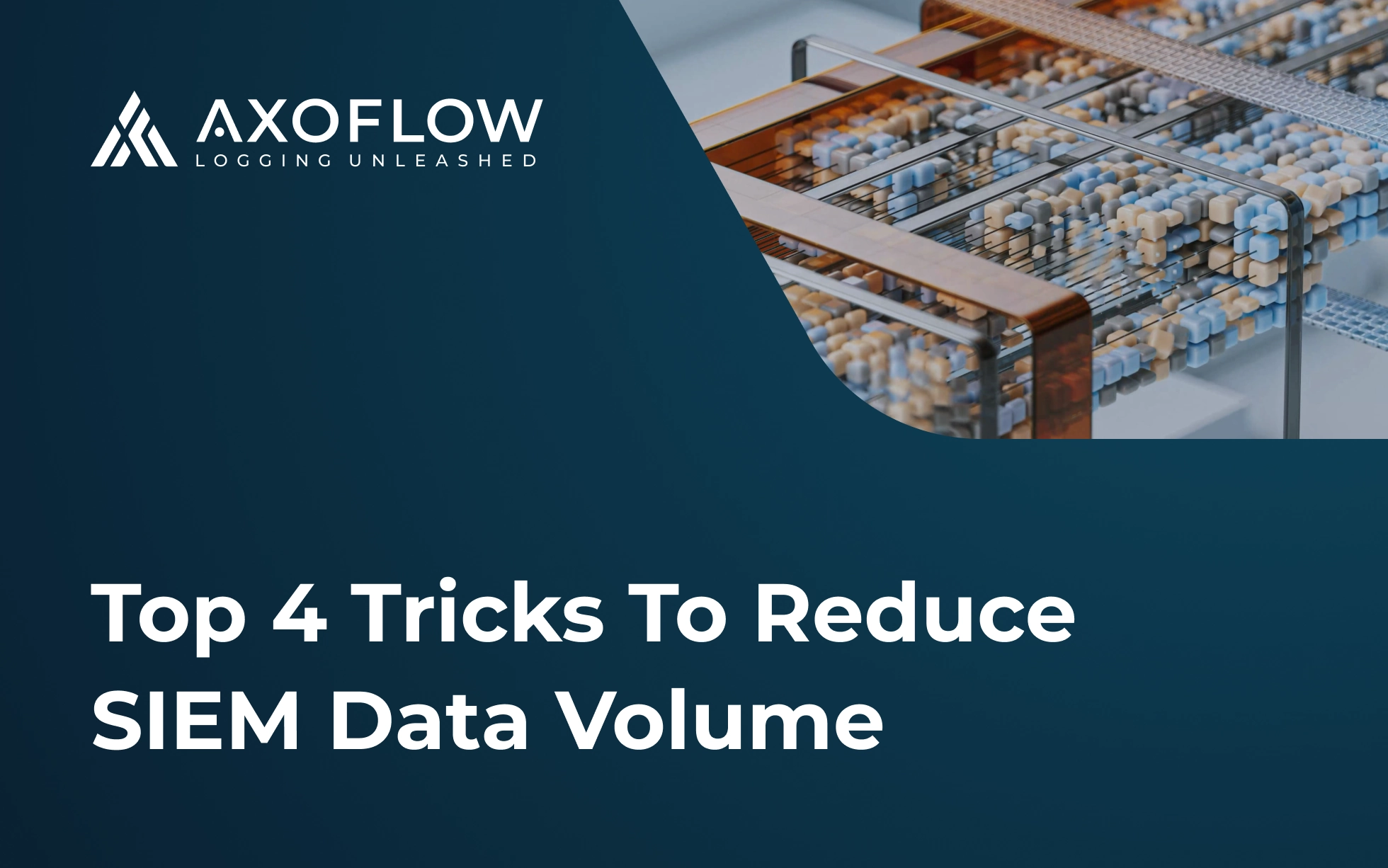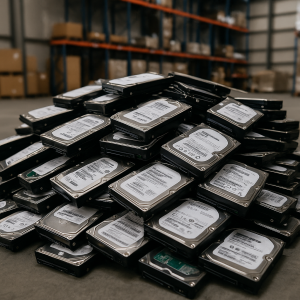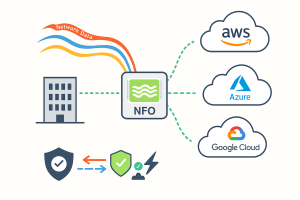
Security teams today are overwhelmed—not just by threats, but by data. With a 28% year-over-year increase in log volume and SIEM costs tied directly to data ingestion, budgets are ballooning. But more data doesn’t always mean better security. In fact, excessive log volume often increases noise, reduces visibility, and slows response times.
The solution? Collect less—but better—data.
In this post, we’ll break down four practical ways to reduce SIEM data volume without sacrificing security insight.
The Real Problem: Data Volume vs. Data Quality
The default approach for many organizations is to send everything to the SIEM—just in case. But this shotgun strategy leads to:
-
High data ingestion costs
-
Low signal-to-noise ratio
-
Redundant and irrelevant logs clogging your system
Ultimately, this reduces your team’s effectiveness and drives up expenses.
Instead, focus on quality over quantity. The key is processing data before it hits the SIEM, in the data pipeline—where it’s cheaper and more efficient to manage.
What You Need to Reduce SIEM Data Volume
Reducing data volume isn’t just about trimming fat—it requires the right tools and understanding:
-
Tools: Use data collectors or aggregators that allow filtering, parsing, and customizing log formats before ingestion.
-
Knowledge: Know your log sources. Identify what’s valuable and what’s not.
-
Feedback Loops: Monitor the impact of your reductions—not just with your SIEM bill, but with real-time metrics.
4 Proven Tricks to Reduce SIEM Data Volume
1. Send Only What Your SIEM Needs
Many logs include metadata that your SIEM already handles separately. For instance, syslog headers (e.g., timestamps and hostnames) are often unnecessary in the message body.
Removing these can cut 10% or more from short, high-volume logs—like those from firewalls and network devices—with minimal effort.
2. Eliminate Redundant Firewall Log Data
Take Palo Alto firewall logs, for example. They often contain:
-
Multiple redundant timestamps
-
Fields with default values like “N/A” or “0”
-
Unnecessary IP range descriptors
Trimming these can reduce log volume by 20–25%.
But it takes:
-
Log classification
-
Real-time message parsing
-
Ongoing maintenance, as log formats change over time
The Axoflow Platform automates this, recognizing and optimizing logs from over 100 commercial systems.
3. Filter Out Common DNS Logs
DNS logs can be powerful for threat detection—but not every query is useful. Up to 90% of DNS queries are for routine visits to safe, well-known domains like Google or YouTube.
Filtering out queries to the top 20–50 most visited domains significantly cuts volume while preserving signal.
With Axoflow, this becomes simple: it auto-classifies DNS logs, extracts domains, and filters out noise—no manual regex required.
4. Optimize Windows Event Logs
Windows logs are notoriously verbose, thanks to their XML format. Here’s how to slim them down:
-
Convert to JSON: Reduces verbosity and parsing overhead
-
Remove the RenderedText field: Avoid duplicating the entire message in text form
-
Filter by Event ID: Keep only security-relevant events
Axoflow handles all of this automatically, transforming and filtering logs before they hit your SIEM.
Can You Implement These Tricks Yourself?
Technically, yes. But in practice, DIY filtering and log parsing often require:
-
Writing and maintaining complex regular expressions
-
Deep understanding of structured log formats
-
Ongoing updates as devices and log structures evolve
And as you scale up the number of data sources and rules, managing your pipeline can quickly become a full-time job.
Axoflow simplifies this with a continuously updated library of log optimizations and a platform that scales with your environment.
The Bottom Line
More logs ≠ better security.
In fact, sending too much data to your SIEM increases cost, decreases visibility, and overwhelms your security team. The answer lies in smarter data collection, not more of it.
With proper pipeline-level processing, you can:
-
Reduce SIEM data volume by up to 50%
-
Maintain (or improve) visibility
-
Lower operational costs
Axoflow makes it easy—automating complex reductions across hundreds of common tools and devices. Start optimizing your security data pipeline today.
About DT Asia
DT Asia began in 2007 with a clear mission to build the market entry for various pioneering IT security solutions from the US, Europe and Israel.
Today, DT Asia is a regional, value-added distributor of cybersecurity solutions providing cutting-edge technologies to key government organisations and top private sector clients including global banks and Fortune 500 companies. We have offices and partners around the Asia Pacific to better understand the markets and deliver localised solutions.
How we help
If you need to know more about tricks to reduce SIEM data volume, you’re in the right place, we’re here to help! DTA is Axoflow’s distributor, especially in Singapore and Asia, our technicians have deep experience on the product and relevant technologies you can always trust, we provide this product’s turnkey solutions, including consultation, deployment, and maintenance service.
Click here and here and here to know more: https://dtasiagroup.com/axoflow/










